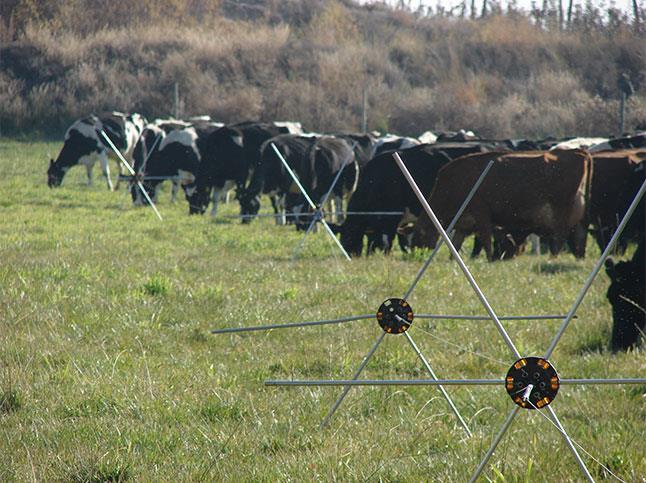
by Doug Mayo | Jun 23, 2017
Last week we kicked off National Forage Week with a promotional video, so it seemed only fitting to end the celebration with an innovation for grazing management. Intensive mob grazing, or strip grazing of annual pastures requires a good deal of time and management,...
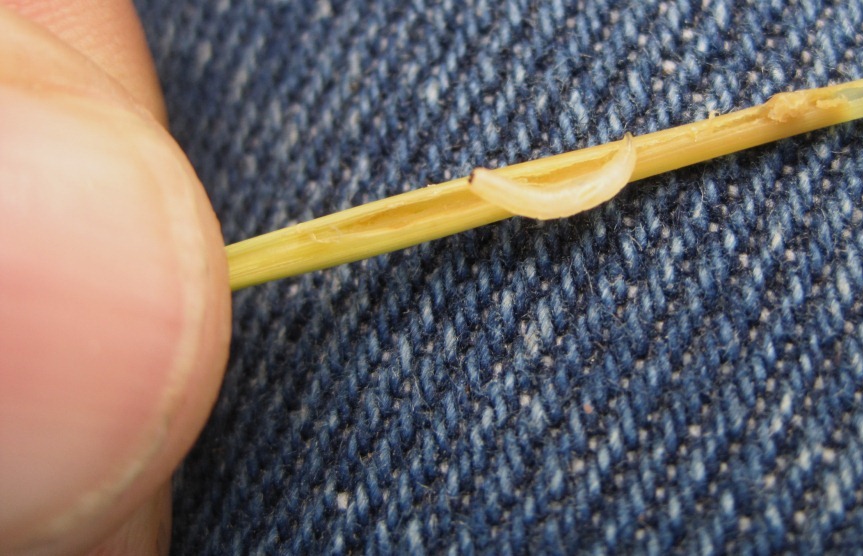
by Doug Mayo | Jun 16, 2017
Bermudagrass Stem Maggot While doing plot work at the Sunbelt Ag Expo late this week, Dr. Lisa Baxter (a post-doc in our program hired to assist with our stem maggot research) and I observed bermudagrass stem maggot pressure in our bermudagrass stands there. Alicia,...
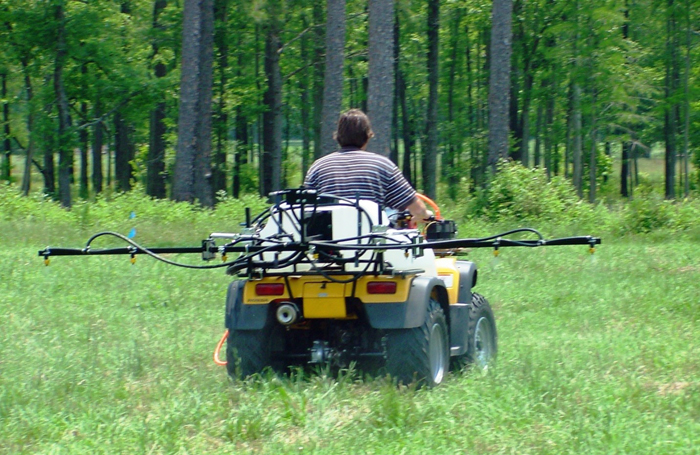
by Doug Mayo | Jun 9, 2017
UF/IFAS Beef Cattle & Forage Specialists, and County Extension Agents serving the Florida Panhandle worked to develop a basic management calendar for cattle producers. The purpose of this calendar is to provide reminders for management techniques with similar...
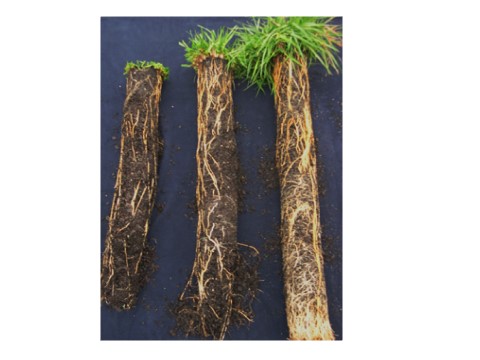
by Cheryl Mackowiak | Jun 2, 2017
Cheryl Mackowiak, Soils Specialist It is June and we are fast approaching the longest day of the year (June 21st). You may wonder what day length has to do with timing your fertilizer applications. In general, perennial pasture grasses are photoperiod sensitive. In...
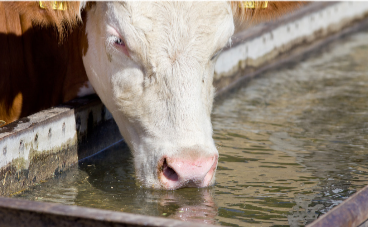
by Doug Mayo | May 25, 2017
This week’s featured video was developed by the Alabama Cooperative Extension Service to explain the benefits of good quality water for livestock. Alabama Water Resources Extension Specialist, Eve Brantley, discusses the best water practices to use in your...
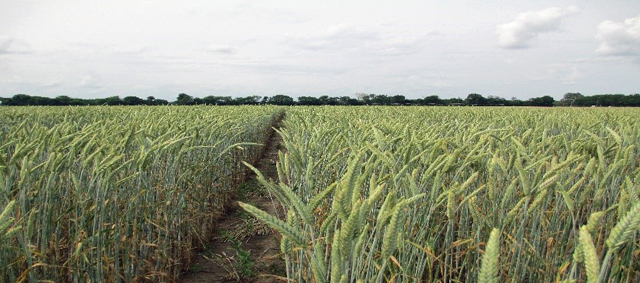
by Ann Blount | May 19, 2017
Ann Blount, Cheryl Mackowiak, Nick DiLorenzo and Jose Dubeux, UF/IFAS NFREC Marianna Triticale is a winter forage that is gaining in popularity in the Southeast. The name might sound unfamiliar (pronounced trit-i-kay-lee), but it has become increasingly sought after...







